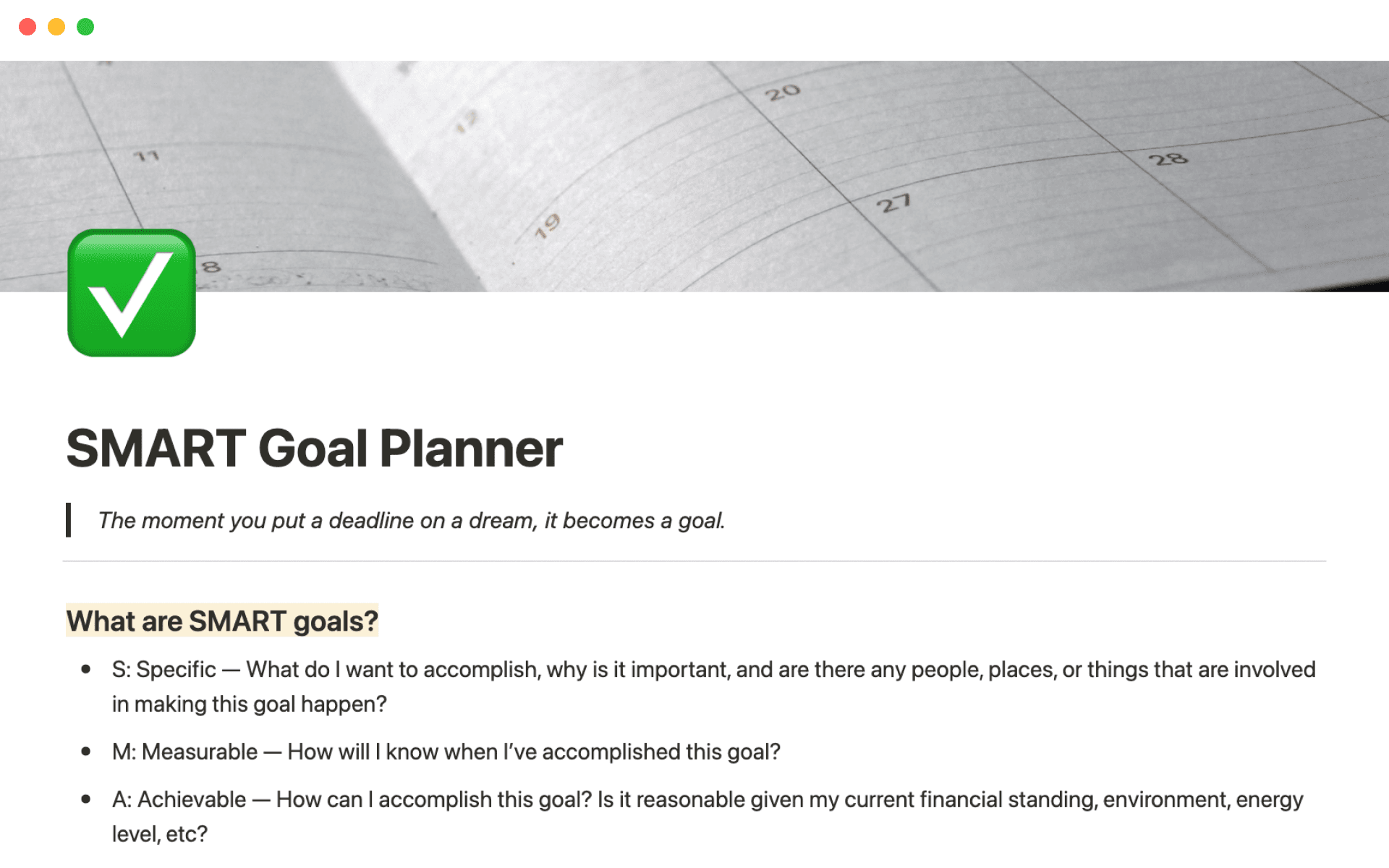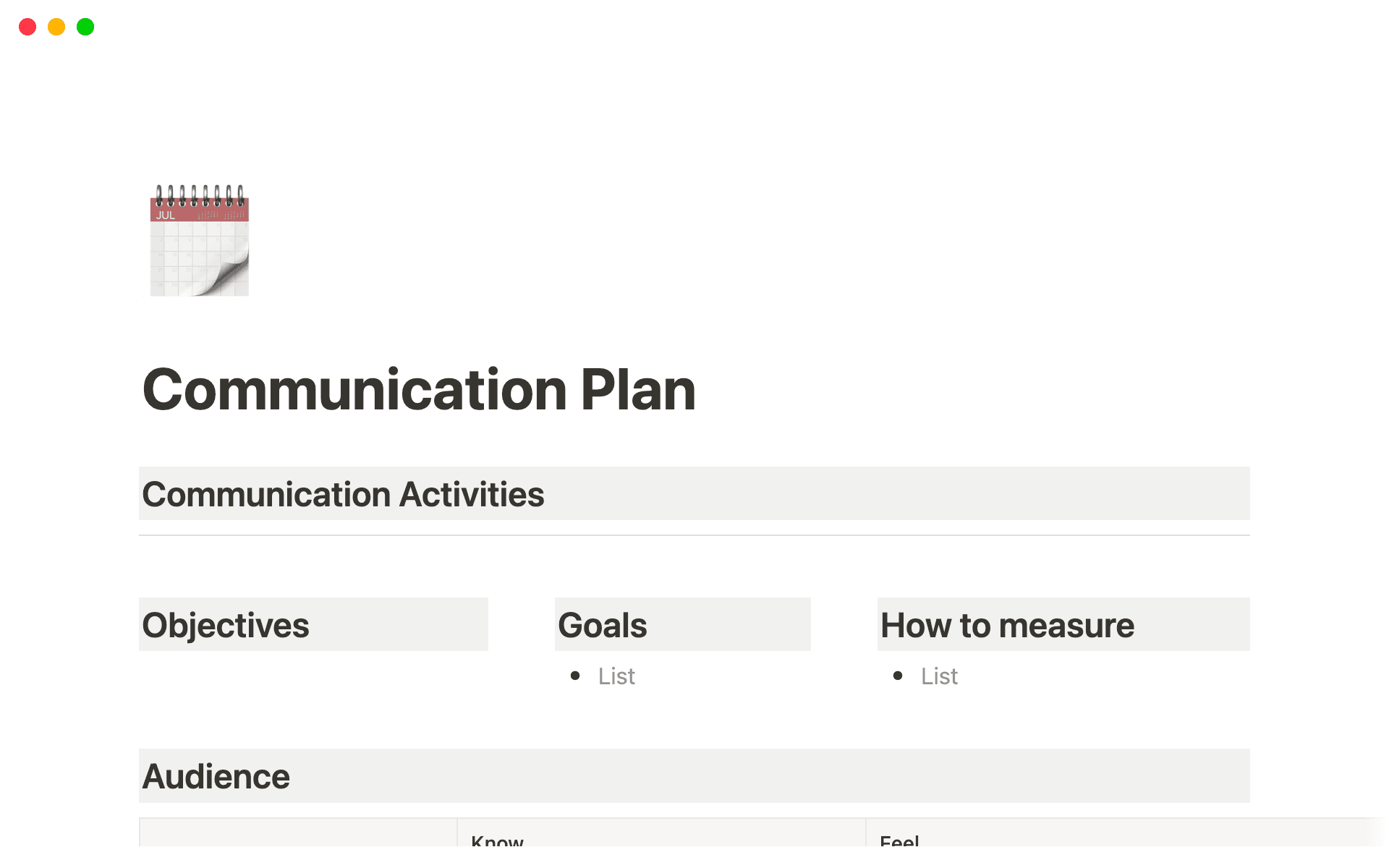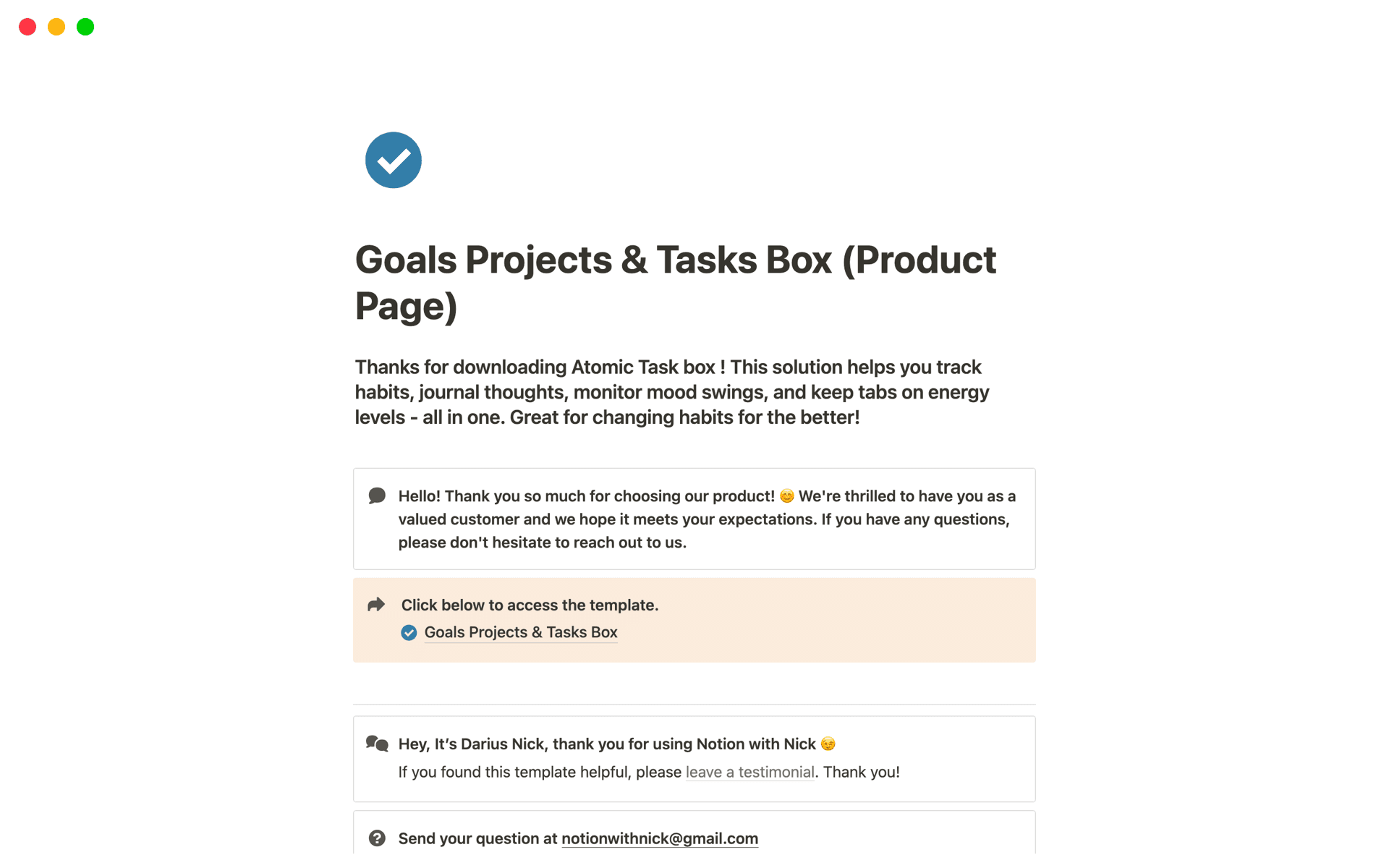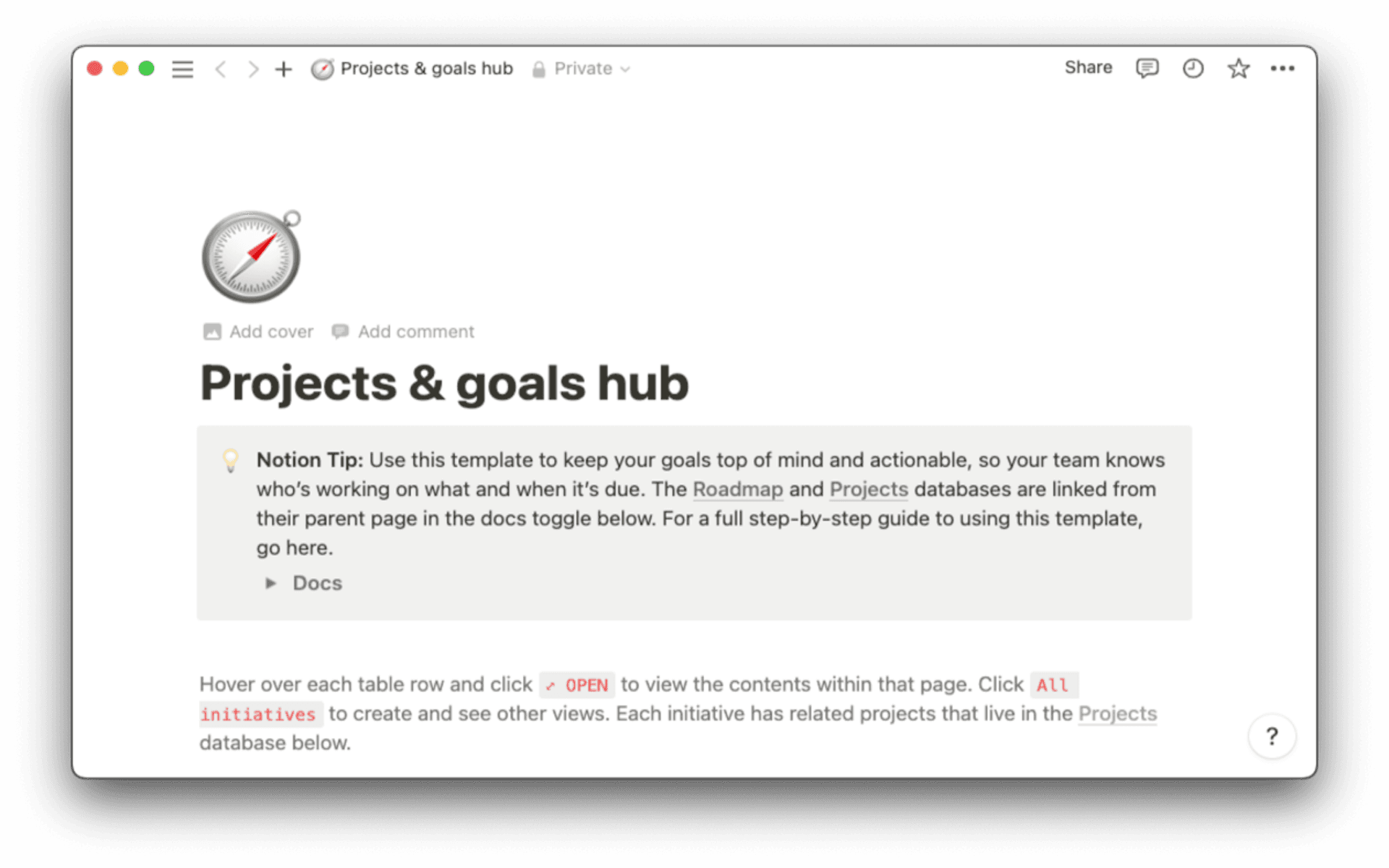No matter what stage of your career you’re at, there’s always room for improvement.
Maybe you’re a new graduate ready to dive into the job of your dreams. Maybe you’ve been in the same industry for a while and want to shift gears. Or maybe you love your job and want to know how to get better at it.
Industries, opportunities, and work situations constantly evolve, and your skills won’t always match expectations. That’s natural. But it’s the process of spotting your gaps — and creating a development plan to fill them — that makes all the difference.
Here’s how to build a professional development plan (PDP) and implement the blueprint so you never stop improving.
What’s a development plan?
A PDP is a document that compiles actionable steps for achieving your career goals. It also outlines the skills, strategies, and education you’ll need in order to do so. The goal is to provide insights and milestone markers that are specific to you. This could be anything from interview strategies to high-level upskilling courses, depending on where you are in your career and what your goals are.
A PDP varies from the simple (like a typed-out document) to the complex (tables, charts, and graphs). The visuals don’t matter as much as flexibility and ease of use. You should be able to update it often with notes and milestones as you continue developing.
But the real key is that your PDP should inspire and motivate you, visualizing both your progress and your end goals. As honestly and earnestly as possible, it should reflect all the best parts of your skills, expertise, and drive to grow — holding you accountable without bringing you down.
Professional versus leadership development plan
It’s easy to confuse a PDP with a leadership development plan (LDP), because they have similar functions: They assess current situations, outline a plan for goal achievement, and track progress.
The main difference is that an LDP sets its sights specifically on leadership roles and upper management positions, while a PDP is a development plan for finding work or progressing as an employee.
LDPs set specific goals about entering or maintaining leadership roles, such as training courses and seminars, expanding networks with applicable peers, and improving on skills like effective communication and conflict resolution. Of course, these skills are transferable to other types of plans, but PDPs have an overall broader scope.
How to create a professional development plan
Creating a PDP starts with an honest and thorough self-examination. From there you’ll define your goals, establish strategies to meet them, and create a realistic, achievable timeline.
Here’s a breakdown of the five steps to creating a solid, workable PDP:
1. Do a self-assessment
This is the backbone and anchor for the rest of your plan, so make it count. Start by listing your personal and professional interests, identifying your ideal career, and assessing your current knowledge base and skill set. This gives you a view of where you are and where you aim to go. From there, you can fill in the gaps.
This step is hard, especially if you aren’t used to diving deep into your strengths and weaknesses. For a boost, try using online assessment tools or personality tests to help you focus in on your true self, goals, and desires. You also might find insight from your peers or manager; ask them what they see as your strongest skills or ones that could use some work.
2. Set SMART goals
With the assessment out of the way, it’s time to set your goals. Organize them into three categories:
Long-term — many months, or even years, down the road
Mid-term — a couple of weeks to a few months away
Short-term — daily or weekly
This way, they’re in chronological, manageable chunks, and you can see progress in real time. The goals don’t have to connect to each other at this stage; it’s mostly about brainstorming and deciding what to work toward. One set of goals may focus on skill training while another is about networking.
Regardless of your structuring, use the SMART goal approach to make sure your goals are specific, measurable, achievable, relevant, and time-bound. It’s a proven strategy to help you establish whether your goals are realistic and attainable, and it’ll help you track their progress.
And remember: Don’t try to complete all of your goals at once or too quickly. Celebrate each milestone before moving on to avoid getting overwhelmed.
3. Develop an action plan
This plan should provide tangible, obtainable actions to get you where you need to go, whether that’s advancing your learning or earning an interview at a top company.
Develop strategies that match your self-assessments and goals. Keep them realistic. Maybe you’ll need an online certificate for a skill — do you have enough experience to start at the expert level, or do you need to take an intro course first?
The best approach for your action plan is, naturally, to focus on the actions you’ll take. Create experiential strategies with hands-on tasks and practices that align with the outcomes and skill set you’re going for. Don’t be afraid to use your imagination or think outside the box.
4. Gather resources
Defining strategies for your action plan is one thing, but you can’t fulfill them without resources. Start by listing all of the assets you already have and comparing them to what your plan needs. These could include personal ones like time and effort or more concrete ones like money and equipment.
Once you know what you can handle, look for resources like:
Seminars, conferences, and workshops
Online social networks like LinkedIn
Educational platforms for certificates and degrees
Professional association memberships
Mentorship and internship opportunities
Whilst developing this resource element of your PDP, be as specific as possible. Make sure you don’t bite off more than you can chew. Be cognizant of tuition and subscription fees as well as time requirements and availability.
5. Create a timeline
Having a set time for milestone achievements puts everything into a tangible, organized schedule. But it’s for you and only you, so you can adjust it whenever you need to, whether you’ve met a milestone or need to shift back a goal. The key is finding that balance between ambition and realism.
This is where your long-term, mid-term, and short-term goals should come into play. Map out what you plan on accomplishing on a weekly, monthly, and quarterly basis. You might even want to break down your goals by the day.
An example professional development plan
Creating a solid PDP requires a lot of organization and information gathering. Using this individual development template is a great place to start.

Let’s approach this template with a specific example. You want to get a 5% raise in your next performance review, which is three months away.
For the first PDP section, ask yourself a series of questions that pertain to the purpose. Be specific, thorough, and honest. With regard to getting a raise, you might ask:
How long have I worked for the company?
What is the going industry rate for people in my position?
Is a 5% raise realistic?
Have I acquired any pertinent skills that justify the raise?
How can I improve my performance?
Write these questions down in this section. You don’t need to know the exact answers right away, but jot some ideas and thoughts for each. The goal is just to set yourself up for success by determining what you know. At this stage, completing a SWOT analysis is also helpful to identify your skills and abilities.
Use that information to start setting general goals, then SMART goals. As time goes on, track your progress in the table or calendar views. And once you hit milestones, write down a reflective conclusion to learn from every mistake — and every win.
Track your personal and professional growth with Notion
Having a clear, thorough, and honest PDP goes a long way to identifying your career path. If you’re wondering where to begin, start with Notion.
Use some free templates to get you up and running, such as a SMART goal tracker, personal growth plan, and a roadmap to help you break down and organize your custom personal development plan. Setting goals is one thing — Notion helps you reach them.







